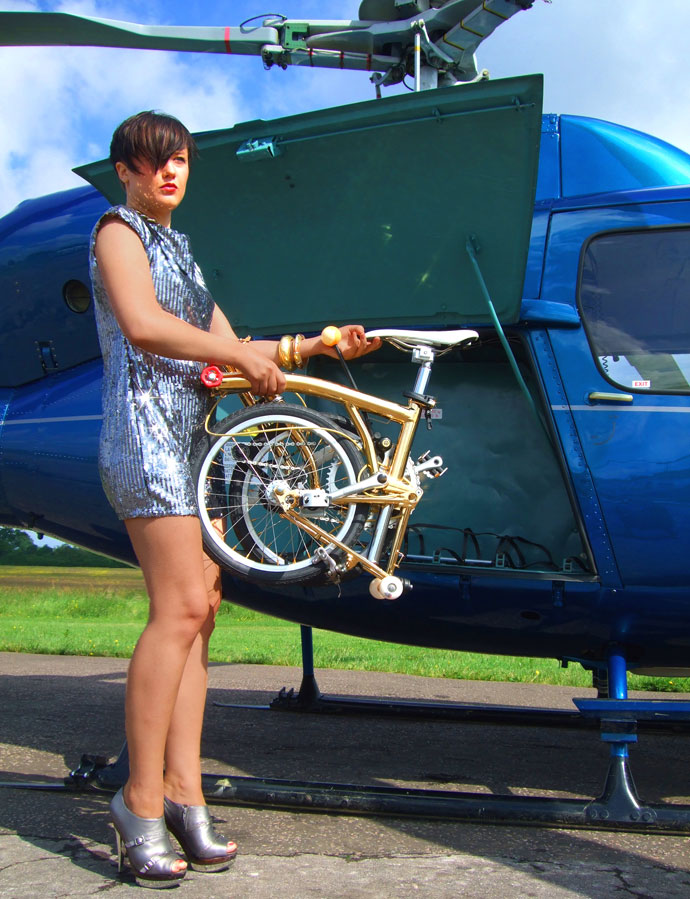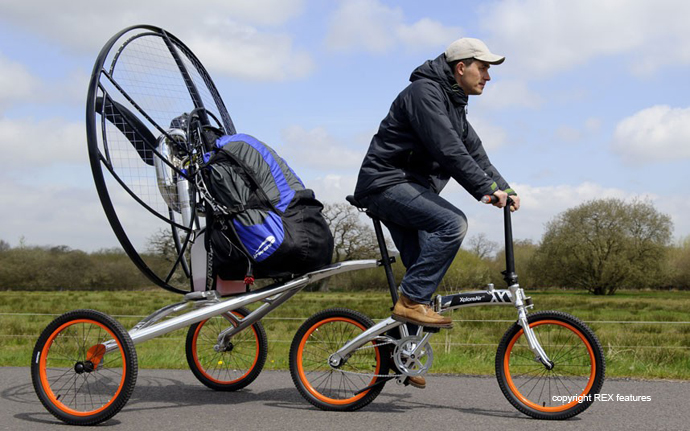
You are bound to feel trepidation when flying with your bicycle, but there are ways to minimize the chance of it being damaged in the hold.
Flying with your bicycle
First things first. You face a choice over how to package bicycle: Cardboard box, bag or rigid plastic case.
A cardboard box is cheap and recyclable, but unless you spray the image of a bike on the outside (which some people do) it’s not always obvious to baggage handlers that it contains precious cargo.
Bike bags are huge transparent plastic sacks. Baggage handlers can see there’s a bike inside and should place the bag on top of other cargo. When you get to your destination the bag can be rolled up, but it remains a bulky item to carry and wasteful to discard unless you leave it in an airport locker until your return.
Rigid plastic cases are expensive best suited to fragile road bikes, but only work for those cycling from a base where the case can be stored.
- If you are using a cardboard box, add extra layers of cardboard to the corners and don’t stint on the duct tape
- Take some packing tape with you as if customs examine the box, they are under no obligation to repack it correctly
- Remove pedals, wheel skewers and anything else pointy that may puncture the box. Take off the rear derailleur & cable-tie it to the inside of the frame. Remove the handlebars and stem and cable-tie them to the frame. You might even consider removing the cranks – you can reinstall them with a hex key.
- The airline will ask you to deflate the tyres, but leave a little air in to protect the rims
- Use padding inside the box– water tank lagging from a DIY shop is cheap and thin enough to slip down the side of the bike in the box and very lightweight
- Scrunched up newspaper weighs more, but offers a more environmentally friendly option if you can find somewhere to recycle it at your destination. If you are using a bike bag, foam pipe cladding is perfect for protecting your frame. It works pretty well as a swimming pool flotation device / plaything for your kids when you’re finished with it, too.
- Ask your local bike shop for some of the fork spacers that come with new bikes as they offer added protection
- Don’t forget to weigh your bike including all the packaging as you don’t want to be surprised by a luggage surcharge (some airlines charge a bike surcharge irrespective of weight, others include an allowance of up to 20 kg)
- Allow extra time for your check-in
- Always get a receipt for your bike so that if it’s damaged in transit you can make a claim for repairs. If you get the bike covered with ETA cycle insurance, it covers against damage to the bike while it is in transit.
If you don’t trust your airline to take proper care of your bike, why not take to the skies yourself?
The paravelo allows you to bypass the check-in desk when flying with your bicycle. The British design takes flying with your bicycle to an entirely new level, transforming within minutes from a conventional folder into an easy-to-operate aircraft that requires no licence to ride or fly and can soar to altitudes of 4,000ft.
At the heart of the design is a folding bicycle that tows a lightweight trailer carrying a powerful fan; the entire assembly is small and light enough to be carried into a house or office.
In order to fly, the bike docks with its trailer, a flexible wing is unfurled and an electric starter fires up the biofuel-powered 172cc motor. The paravelo can take-off from any piece of open ground clear of obstructions. Once airborne, it flies at 25mph for up to three hours at a time. A built-in tent allows for longer journeys and makes possible flying and camping, or flamping as it has been dubbed.
Protection for you and your bicycle
ETA covers your bike against theft, accidental damage and vandalism when you travel abroad, go cycle touring or take your bicycle with you on holiday.
Get an instant quote or call our friendly team on 0333 000 1234.



Sarah Butler
Another option is to use thick transparent plastic bags, such as those that new mattresses are packed in (bed shops are happy to give you them for free). Cut them down to size and use duct tape. The airport handlers like being able to see what’s in the packaging and are possibly less likely to fling your bike around. You can fold the bag up and stick it on your pannier at the other end – not every airport has left luggage lockers (Gothenburg doesn’t, for example). Or (we might do this another time) book into accommodation for your first and last nights and ask to leave packaging with them.
Yannick Read
That’s a great idea. Thanks for sharing it, Sarah